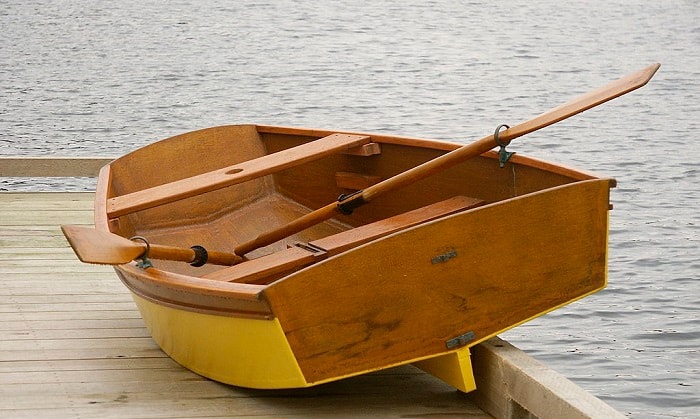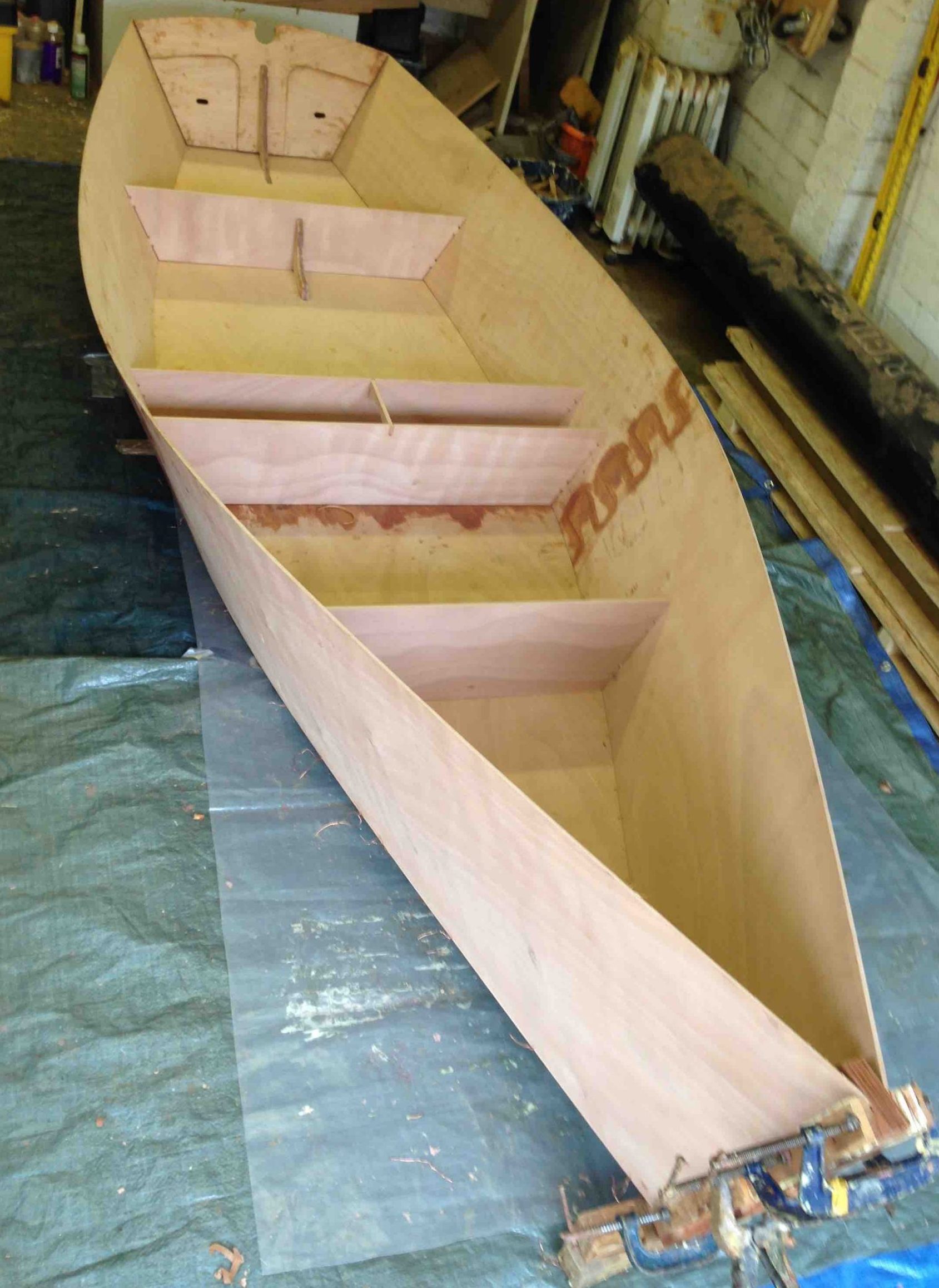Building Your Dream Yacht: Simple Wooden Yacht Plans for Beginners
Ever dreamt of sailing the open seas, feeling the wind in your hair, and the spray of the waves on your face? Well, you're not alone! Many people share this dream, but the thought of building a boat can seem daunting. What if I told you that you could build your own beautiful, seaworthy yacht, even if you're a beginner? It's true! With the right plans and a little patience, you can bring your dream to life.
This article will focus on simple wooden yacht plans that are designed for easy construction and handling. We'll explore the benefits of building a wooden yacht, the different types of plans available, and the steps involved in bringing your project to fruition. So grab a cup of coffee, sit back, and let's embark on this exciting journey together.
Why Build a Wooden Yacht?
You might be asking, "Why build a wooden yacht in this age of fiberglass and composites?" Great question! Wooden yachts offer a unique blend of beauty, durability, and craftsmanship that sets them apart. Here's why you might want to choose wood:
- Timeless beauty: Wooden yachts exude a classic elegance and charm that modern materials often lack. The natural grain patterns and the warm, inviting feel of wood make for a truly unique vessel.
- Durability and resilience: Contrary to popular belief, properly built wooden yachts are incredibly durable and resilient. Wood can bend and flex, making it more forgiving than rigid materials in rough seas. Plus, the strength of wood is truly remarkable when properly treated and maintained.
- Pleasure of craftsmanship: Building a wooden yacht is a deeply satisfying and rewarding experience. You'll learn valuable skills, work with your hands, and create something truly unique from scratch. The journey itself becomes part of the magic of owning a wooden yacht.
- Sustainable choice: Wood is a renewable resource, making it a more environmentally friendly option compared to some synthetic materials. Plus, with proper care, your wooden yacht can last for generations to come.
Types of Wooden Yacht Plans
The world of wooden yacht plans is vast and varied, offering a wide range of styles and sizes to suit your needs and skill level. Here are some popular types of plans:
Traditional vs. Modern Designs:
- Traditional designs: These plans often feature classic lines and elegant details, reminiscent of yachts from the golden age of sailing. They may require a bit more experience in traditional woodworking techniques, but the result is a timeless beauty.
- Modern designs: Modern wooden yacht plans emphasize efficiency, performance, and modern aesthetics. They might incorporate innovative features like composite materials or advanced rigging systems, offering a blend of classic charm and contemporary functionality.
Size and Type of Yacht:
- Small day sailers: Perfect for beginners, these smaller yachts are easy to build and handle. They're ideal for leisurely weekend outings and exploring calm waters.
- Cruising yachts: These larger vessels are designed for longer voyages and can comfortably accommodate a crew and their belongings. They offer more living space and amenities for extended adventures.
- Racing yachts: Designed for speed and performance, racing yachts typically have sleek lines and a focus on lightweight construction. These plans are often geared toward experienced builders and sailors.
Choosing the Right Plans for You
Choosing the right wooden yacht plans is crucial for a successful build. Consider these factors when making your decision:
- Your experience level: Be honest with yourself about your woodworking skills and experience. Choose plans that are appropriate for your level of expertise to avoid unnecessary frustration.
- Your budget: Consider the cost of materials, tools, and any potential assistance you might need. Wooden yacht plans can range in price depending on complexity and design.
- Your sailing goals: What do you plan to do with your yacht? Are you interested in day sailing, weekend getaways, or extended cruising? The plans you choose should align with your desired use.
- Available resources: Do you have access to a workshop, tools, and skilled assistance? Ensure that you have the necessary resources to complete the project before committing to specific plans.
Steps Involved in Building Your Wooden Yacht
Building a wooden yacht is a journey, not a sprint. It requires patience, dedication, and a meticulous approach. Here's a general overview of the steps involved:
- Plan selection: Choose the right plans based on your experience, budget, and goals.
- Materials: Select the right wood types for your hull, deck, and interior. Consider factors like strength, durability, and cost.
- Tools and equipment: Gather the necessary tools and equipment for cutting, shaping, sanding, and assembling your wooden yacht.
- Construction: Follow the plans step-by-step, paying close attention to detail and ensuring accurate measurements. This stage often involves creating the hull, deck, and interior framing.
- Finishing: Once the structure is complete, you'll need to apply finishes like paint, varnish, or epoxy to protect the wood and add a beautiful finish.
- Rigging: Install the masts, sails, rigging, and all other necessary sailing equipment. This is a crucial stage that requires knowledge and attention to detail.
- Launching: The moment of truth! Once your yacht is complete, it's time to launch it and experience the joy of sailing your creation.
Finding Wooden Yacht Plans
There are many ways to find the perfect wooden yacht plans for your project:
- Online resources: Websites like WoodenBoat, SailboatData, and many others offer a vast library of plans for various types and sizes of wooden yachts.
- Bookstores and libraries: Browse through books dedicated to wooden boatbuilding, which often include plans or references to available resources.
- Boatbuilding schools and workshops: These institutions often offer plans or guidance on finding the right plans for your project.
- Boatbuilding magazines and journals: Many publications regularly feature articles on wooden boatbuilding, including plans and design inspiration.
Tips for Beginners
Here are some tips for beginners embarking on their wooden yacht building journey:
- Start small: Begin with a smaller, simpler project to gain experience and confidence before tackling a large yacht.
- Seek guidance: Join a boatbuilding club or workshop where you can learn from experienced builders and get valuable advice.
- Don't rush: Take your time, follow the plans carefully, and don't be afraid to ask for help when needed.
- Celebrate milestones: Enjoy the process and celebrate each milestone as you progress toward your finished yacht.
- Embrace the learning curve: Boatbuilding is a journey of learning, and mistakes are part of the process. Don't be discouraged, and learn from each experience.
Commonly Asked Questions
Here are some common questions you might have about building a wooden yacht:
How long does it take to build a wooden yacht?
The time required depends on the size and complexity of the yacht, your experience level, and the amount of time you dedicate to the project. A simple day sailor might take a few months, while a larger cruising yacht could take several years.
How much does it cost to build a wooden yacht?
The cost varies widely based on the size, complexity, and materials used. Smaller, simpler yachts can be built for a few thousand dollars, while larger, more elaborate projects could cost tens of thousands of dollars.
Do I need any special skills to build a wooden yacht?
While some woodworking skills are helpful, you don't need to be a professional to build a wooden yacht. With the right plans, patience, and a willingness to learn, anyone can achieve their dream.
Is it possible to build a wooden yacht by myself?
It's definitely possible, but it's often easier and more efficient to have a helper or two, especially for lifting heavy pieces and performing some tasks. You can also find boatbuilding clubs and workshops where you can collaborate with others.
What are some good resources for learning about wooden boatbuilding?
There are many great resources available. Online forums, boatbuilding clubs, YouTube tutorials, books, and magazines can provide valuable information and guidance.
Building a wooden yacht is a challenging but rewarding endeavor. With the right plans, dedication, and a love for the sea, you can turn your dream into reality. So, embrace the journey, learn new skills, and enjoy the satisfaction of creating something truly special with your own hands.



















